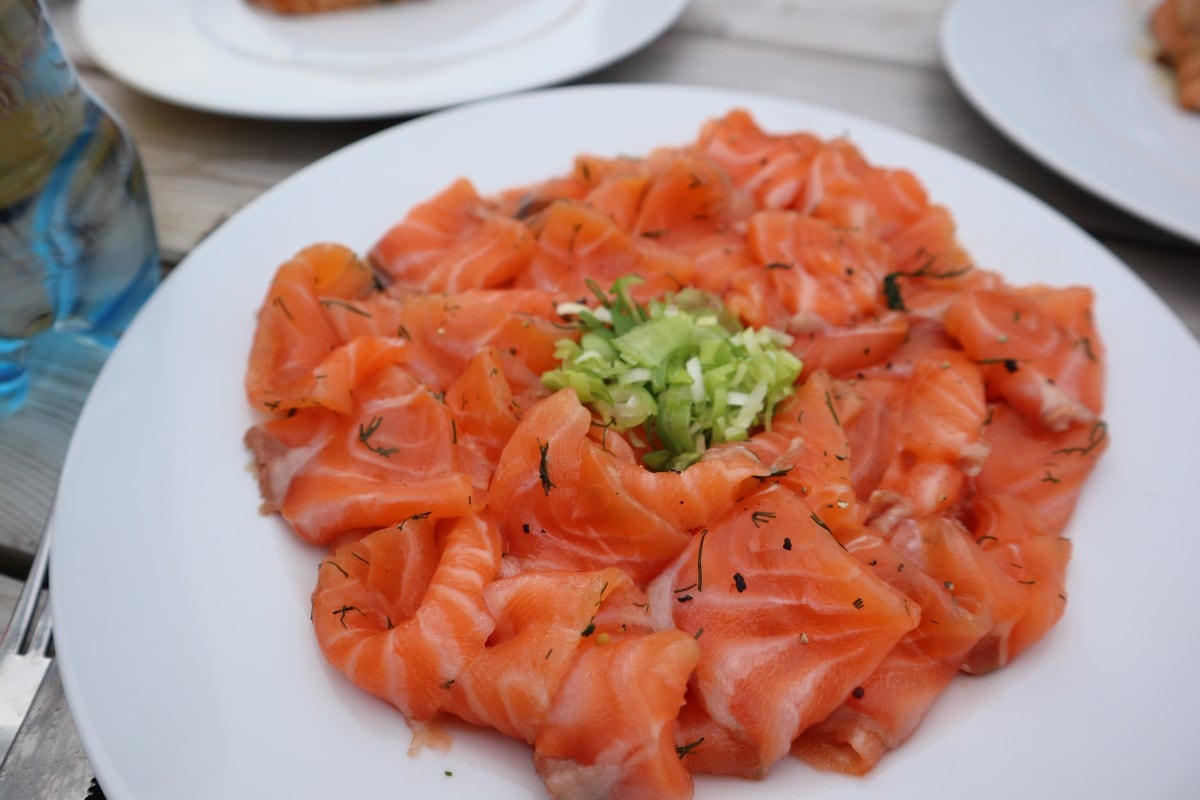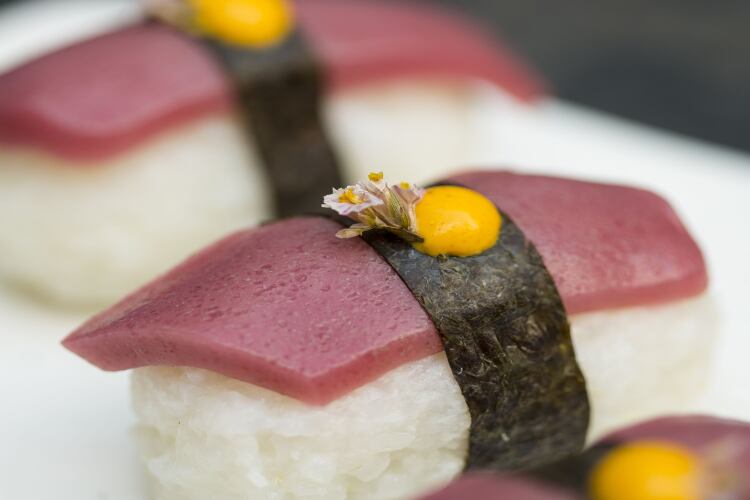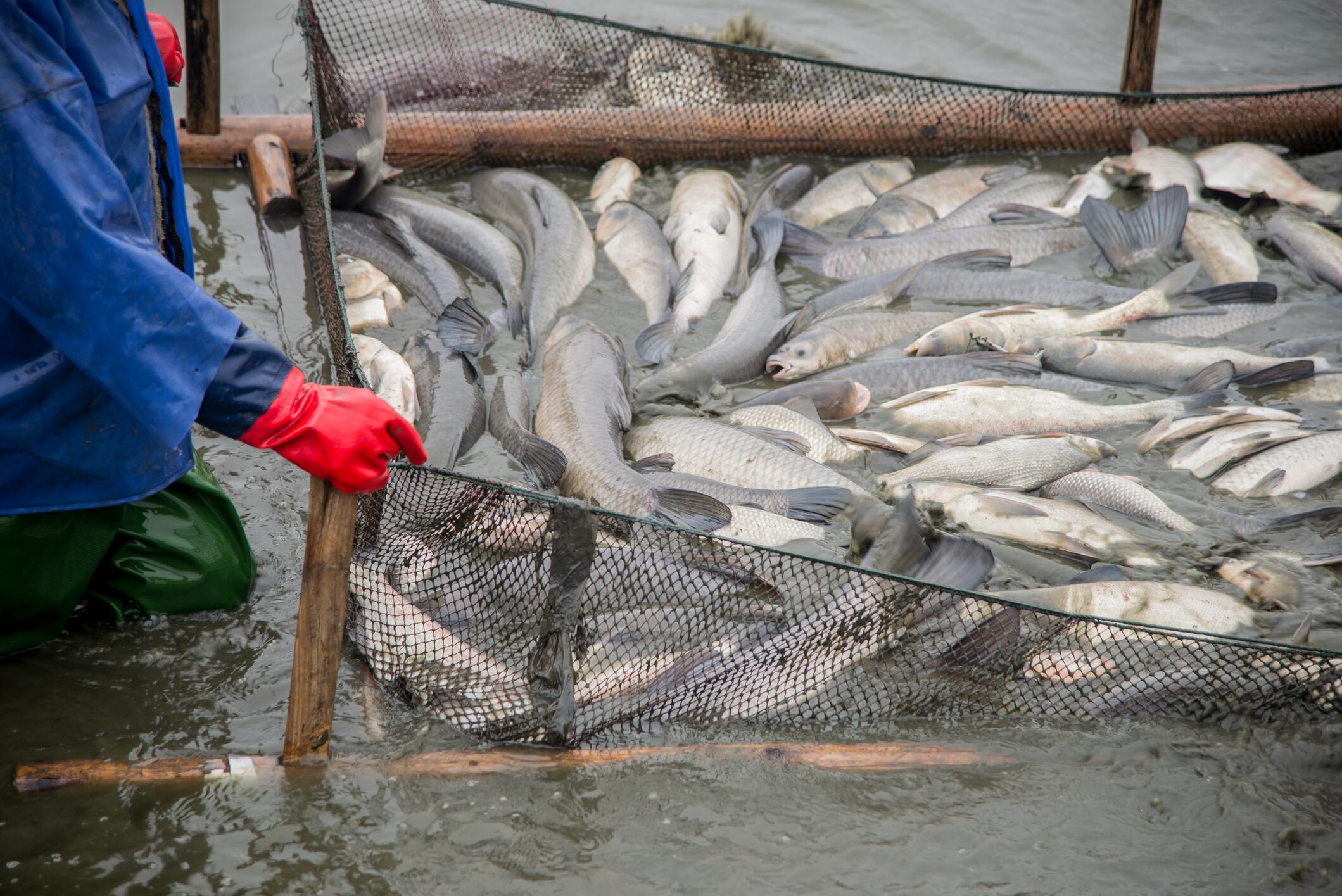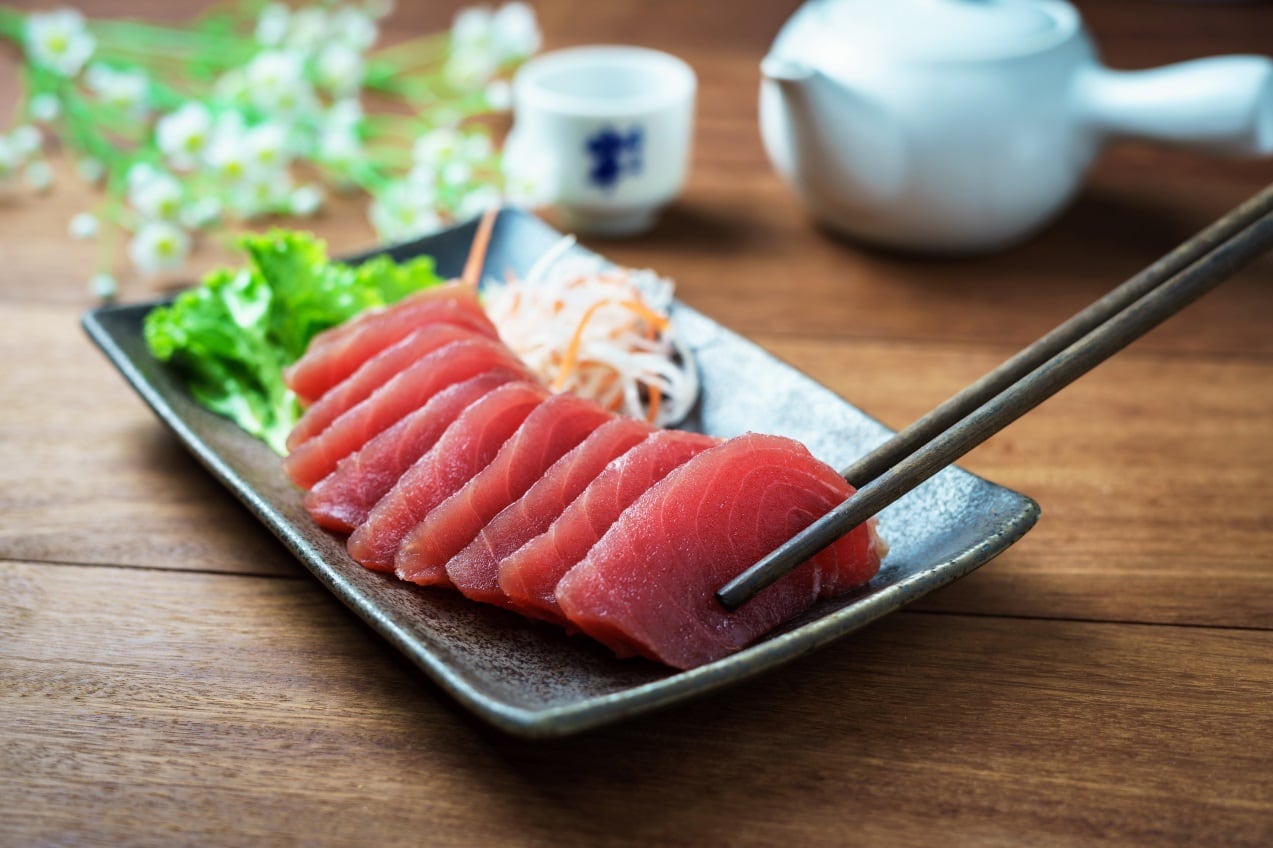Fish represents 16% of all animal protein consumed globally and this proportion of the world’s food basket is set to increase, according to the UN’s Food and Agriculture Organization (FAO).
It is likely that sustainable aquaculture will be important to efforts to meet the protein needs of a growing global population – projected to reach around 9bn by 2050 - without exhausting the planet’s finite natural resources.
The aquaculture industry is already helping to produce more fish, increasing availability and keeping prices down. But producing fish without depleting natural resources and degrading the aquatic environment is a huge task.
This challenge is increasingly part of the consumer picture in developed markets throughout Europe. In the UK, for instance, supermarket group Tesco singled out the need to develop sustainable feeding practices for the aquaculture industry as part of its ambition to halve the environmental impact of its supply chain.
In a statement released last year, Tesco noted that farmed salmon, for instance, provides a nutritious source of protein and omega-3 fats.
However, the retailer added: “Whilst aquaculture has great potential as a source of healthy protein, any expansion must be done sustainably to ensure environmental concerns are addressed.”
According to Tesco’s assessment, one of the most significant issues facing aquaculture is the high volumes of wild fish that are fed to farmed fish to provide essential proteins and oils. “This can place significant pressure on marine ecosystems and limits the sustainable growth of the aquaculture industry.”
And this is precisely where Corbion believes it can move the needle on aquaculture sustainability.
“This is one of the key areas where we can really have an impact as a business and with this particular product,” Chris Haacke, global aquaculture lead, said of Corbion’s AlgaPrime DHA.
Since 2016, Corbion has been producing AlgaPrime DHA at large industrial scale relevant to the needs of the aquaculture industry.
Developed to reduce dependency on marine fisheries and provide a new source of long-chain omega-3s for the aquaculture industry, AlgaPrime is a whole algae ingredient that contains approximately three times the level of DHA of fish oil.
Bridging the omega-3 gap
Haacke told FoodNavigator that there is already a gap between supply and demand for long chain omega-3 fatty acids used to feed farmed fish.
Looking at global fisheries as a whole, he explained you get around one million metric tonnes of fish oil production from reduction fisheries. “This has been a static figure for many years… These fisheries tend to be very well fished already. Many are certified. Many are sustainable. Many are not.”
Currently, 73% of this fish oil goes into aquaculture because the marine omega-3s, highly unsaturated fatty acids, are an essential part of the diet for many farmed fish species.
If you compare the production level of fish oil from wild species to demand growth, there is already a shortfall – and one that is only likely to increase as production of cultivated fish rises. “Aquaculture is growing between 4-6% annually every year. There is a growing requirement for fish oil, for these marine omega-3s, every year… With these pressures on growing production, the growing consumption of fish oil, there is going to be increased pressure to get more and more fish oil from already heavily fished fisheries.
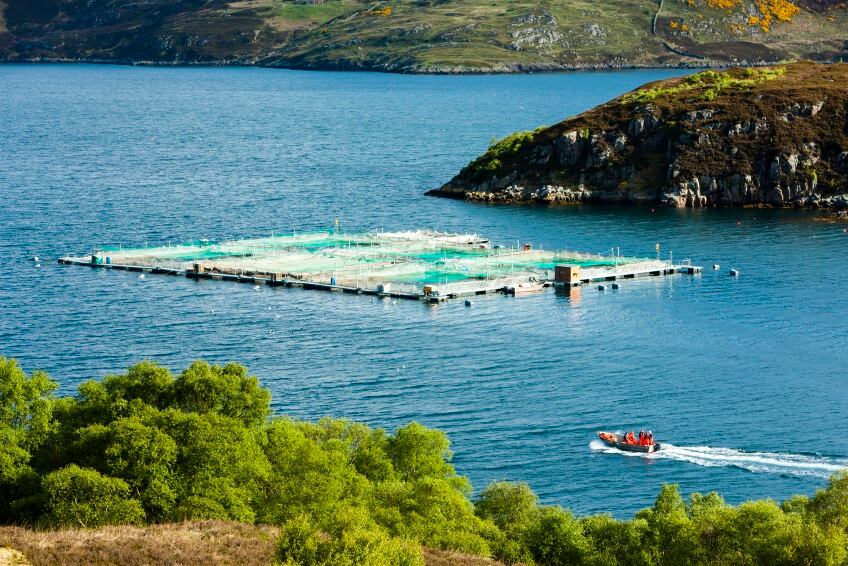
“There is what we call an omega-3 gap in terms of fish oil supply to aquaculture demand. This is where we can step in. AlgaPrime DHA can help meet this demand gap and prevent unnecessary pressure on already over stressed fisheries.
“We can enable feed mills and farmers to only source fish oil from certified sustainable fisheries. Every metric tonne of AlgaPrime that is used can save many metric tonnes of wild fish. We can alleviate the pressure going forward and already where fish oil is being used from unsustainable fisheries, feed mills have an opportunity to move away from those as well.”
‘We are converting sugar into omega 3s using algae’
Corbion produces its AlgaPrime ingredient using a process of fermentation.
“Think water balloons,” explained Jill Kauffman Johnson, global market development lead for algae ingredients.
“Microalgae is a single cell organism that is about a tenth of the width of a piece of hair. There are different ways to grow microalgae – you can grow it in the light or in the dark. We use fermentation and grow algae in the dark.
“That algae fills up with oil and the particular strain we use has a high DHA content. It is full of oil, but it is still inside the cell. Then we move it from fermentation and dry it. AlgaPrime is an algae oil still in the cell.”
Sugar is the input used to feed the algae in the fermentation process: “We are converting sugar into omega-3s using algae”.
One of the most ‘exciting’ aspects of this production system is that it is ‘probably one of the most sustainably produced algae via fermentation of any product we know’, Kauffman Johnson enthused.
Sustainability by design
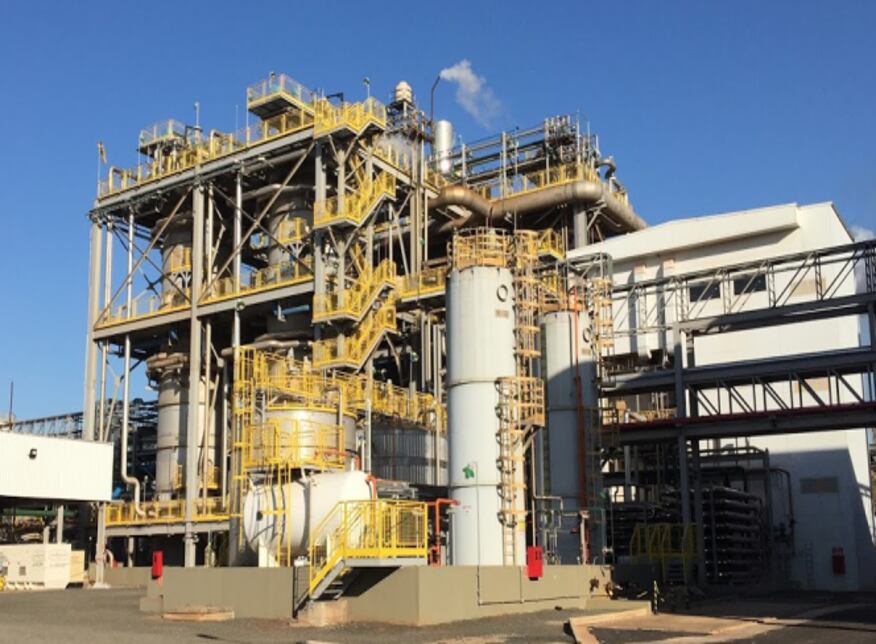
The facility, based in Brazil, is located next to a sugar cane mill. This provides both the feedstock for the algae and the power to run the site. “We use sugar as the energy source for the algae. Our algae facility is located in a sugar cane field next door to a sugar mill. After the sugar is harvested in a 30k radius it is brought to the mill, crushed and sent over the fence to the algae facility. Sugar is fed to the algae where it divides, divides, divides and fills up with oil.
“The entire system is powered by renewable energy. The waste sugar cane, once that sugar has been crushed, provides all of the renewable energy to power both the sugar mill and the fermentation facility.”
When Corbion thinks about environmental impact it considers carbon emissions, land use and water use. “We have low carbon emissions because of renewable energy. We have a low water use because we reuse the water and put it back on the fields – we call it fertigation. And then we have a low land use because sugar cane is one of the most productive sugar sources on the planet,” Kauffman Johnson told this publication.
Water use is also low because sugar cane is primarily rain fed as opposed to relying on irrigation and, in terms of land-use change, ‘the sugar fields have been there for many years’, added Haacke.
The process has other selling points. It is a closed loop system, meaning that output is ‘clean’ and traceable. Production is buffered against the price volatility that can been seen on commodities markets. “You have a more steady price versus when you are looking at a natural resource from the sea - a resource that has to be managed to make sure the stocks are not depleted,” Kauffman Johnson noted.
Producing at scale: ‘The animal feed sector has been waiting for years’
Another breakthrough that Corbion’s fermentation tech supports is the production of these long-chain fatty acids at a scale that makes it accessible to the aquaculture sector.
Previously, omega-3 production from algae has focused on the infant nutrition and human nutraceuticals markets. “There is a market in human nutrition but what is a game-changer here is scale. That is why we are focused primarily on animal nutrition,” Kauffman Johnson revealed.

“It is all about the cost of production and the price available for animal feed. In the human sector it can bear smaller production levels and higher prices. The animal feed sector has been waiting for years… for the cost structure and availability of algae omega-3s that can start to be incorporated into animal feed.”
Wouldn’t Corbion be able to generate bigger returns by focusing on higher price human nutrition markets? Not necessarily, Haacke explained.
“From a price perspective yes, but from a volume perspective no. Our factory is very large, has the capacity to produce multiples of tens of thousands of tonnes of product… The human nutrition side is just a fraction of that. To fill the factory and to have an impact in terms of delivering omega-3s at scale (because most omega-3s are delivered through the food chain) this is where we can have the impact.”
The inclusion of long chain fatty acids in the diet of farmed fish is important from a human and animal health standpoint, Kauffman Johnson elaborated.
"The long chain omega-3s are one of the most important nutritional aspects for us when we are told to eat fatty fish... What is important for the fish is the same. Fish need them for brain development, to boost immune systems, and they are anti-inflammation. For the health of the fish it is really important.
"The second piece is the health of us – because the fish have higher levels of omega-3s when increased levels of omega-3s are put into the feed."
The future is wide open
That isn’t the only reason to be excited about producing ingredients through algae fermentation tech, Kauffman Johnson concluded. She believes that the other potential applications for this process could play a major role in making the food system fit for the future.
“The fermentation platform is the hardware. We can grow any microalgae in that platform. In a matter of 5-7 days we go from putting the algae into fermentation tanks to drying it. We can create food and feed ingredients in about a week.
“We are seeing a lot of potential for other algae ingredients in Europe and we do make an algae protein… You can make other types of oils. The potential is quite large.
“It really can meet the needs of a growing population when you are looking at what kinds of healthy, nutritious and sustainably produced ingredients we can make.”

